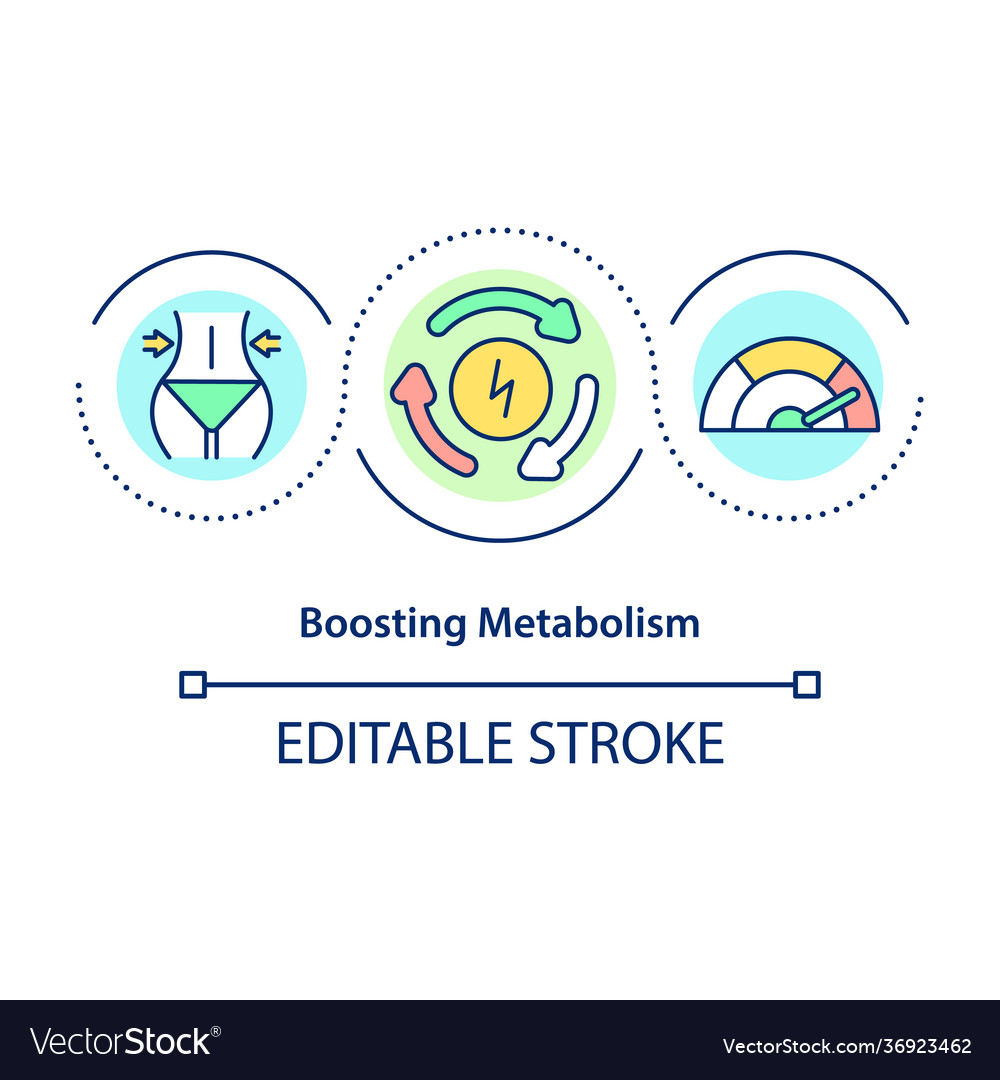
Cardio and strength training are both important for weight loss. Cardio exercises help the body increase its metabolism and burn calories. While strength training aids in the loss of fat and muscle, strength training is beneficial to the body. The best way to get the most from both forms of exercise is to balance the two to see the most benefits. Continue reading to discover the many benefits of strength training for weight reduction. You may be surprised at how effective both types of exercise are.
Exercises that combine multiple exercises speed up muscle growth and fat reduction
Compound exercises will help you increase muscle growth and fat burning in your strength training. Many of these exercises target multiple muscles at once. If you do these exercises correctly, your results will be quicker. This is how compound exercises can help you get faster results.

Resistance training raises post-exercise Oxygen consumption
The body spends a lot of energy for resting. This REE can be boosted to promote weight control and good health. In guidelines for weight loss, resistance training is now included. This type of exercise increases post-exercise oxygen intake (EPOC) and increases muscle mass over time. It has many benefits, including weight loss and better overall wellbeing.
Strength training improves posture
Poor posture is more than just a problem for your physical health. It affects your mental state as well. A study published in Health Psychology found that people with good posture have higher self-esteem, less fear, and a better mood. The exercises you perform while doing strength training strengthen the muscles that pull you up from a slouched position. They include the shoulder external rotators, neck extensors and mid-back muscles. These exercises also strengthen your core and glutes as well as your back muscles.
It increases metabolism
Strength training can increase your metabolism. Lifting weights can increase your heart rate which causes your body to require more fuel for its functions. Muscle's metabolic rate is high, so it can burn fat and calories even while you are at rest. During intense weight training, your body's metabolism remains elevated for hours after you stop exercising. This phenomenon is known as excess post-exercise oxygen intake (EPOC).

It burns calories
Exercises involving weights and weight training have a twofold benefit: building lean muscle and reducing body fat. Lean muscle is metabolically active and burns more calories than other types of tissue. Strength training stimulates EPOC, which is an excess post-exercise oxygen use. This process continues for up to 38 hours after your workout. Contrary to cardio, strength training can continue to burn calories after your workout is over.
FAQ
What foods will help me lose weight more quickly?
You can lose weight more quickly by eating fewer calories. There are two ways to do this:
-
Reduce the number of calories you take in daily.
-
Get more exercise to increase your metabolism.
Reducing the number of calories you eat is easier said than done. We are constantly being bombarded by calorie-dense fast food options every where we go. Here's how to lose those extra pounds.
-
Beans are rich sources of fiber, protein, and other nutrients. They are low in calories, so they're a good choice for people who want to lower their caloric intake.
-
Oatmeal is low on calories but high in nutrients, such as magnesium or potassium. Oatmeal is lower in sugar than other cereals.
-
Eggs are high in cholesterol and protein. Eating eggs once or twice a week can boost your metabolism, helping you burn more calories throughout the day.
-
Whole grain bread reduces hunger pangs. This can help you feel fuller and longer.
-
Dark chocolate is high in antioxidants, flavonoids and other substances that have been linked with lower blood pressure and better heart health.
-
Cottage cheese is high in calcium, which helps to build strong bones. It also provides a good source of vitamin D, which boosts immunity.
-
Salmon is packed with omega-3 fatty acids, which promote brain development and improve cardiovascular function.
-
Green tea contains a lot of catechins. These are compounds that can fight cancer and improve metabolism.
-
Broccoli has a lot of folic, which can lower homocysteine in the blood. A higher risk of developing heart disease and stroke is associated with high homocysteine levels.
-
Yogurt can be a great way for you to get probiotics without having to eat a lot of sugar. Probiotics are essential for digestive health.
-
Berries are a delicious snack option that's also very nutritious. All of these are excellent sources for vitamins and minerals, including blueberries, strawberries and blackberries as well as raspberries and cranberries.
-
Avocados are high in healthy fats. A half avocado has only 80 calories and offers plenty of filling fiber and potassium.
-
Nuts can be enjoyed as a snack, but they are also rich in protein. Nuts include cashews (almonds), hazelnuts (pecans), walnuts, walnuts, and pistachios.
-
Sweet potatoes are another starchy crop that is rich in beta carotene. This makes your skin glow. The orange sweet potato variety has a higher level of beta-carotene than regular sweet potato varieties.
How often do people fast?
Most people who follow a ketogenic diet fast once per week. Others fast twice per semaine. And others fast three times per week.
Each fast has a different length. Some people fast 24 hours, while others fast 48 hours.
Some people will even travel more than 72 hours. But these extreme cases are very rare.
Is it possible to eat fruits while intermittent fasting?
The health benefits of fruits are numerous. They provide vitamins, minerals, fiber, antioxidants, and other nutrients. They also contain sugar, which can lead to blood glucose levels rising. This can lead to insulin resistance and weight gain. You can lose weight by following an IF diet. Make sure to eat low glycemic fruits like apples, pears and berries.
How to make an exercise plan?
You must first create a routine. You need to know what you will do each day and how long you will spend doing it. This helps you plan and prevents procrastination.
You should also ensure you have plenty to choose from when working out. It is important not to get bored while exercising. This will cause you to lose interest and make it difficult for you to stick with it.
Keep track of your progress. It's crucial to track your weight changes over time.
It is easy to lose motivation after you have lost weight. On the other hand, if you gain too much weight, it becomes harder to stay motivated.
Find a healthy balance between losing weight and gaining weight. If you are unhappy about where you are, it will make you less likely to exercise.
How can busy people lose excess weight?
Losing weight is as easy as eating less and working out more.
You'll gain weight if you eat too many calories. You'll gain weight if you don't exercise enough. But if you combine these two simple habits, you'll start losing weight.
How Much Exercise is Required to Lose Weight?
There are many factors that influence the amount of exercise required to lose weight. These include your gender, age, body type and how heavy you are. Most people require moderate activity at least five days per week.
The American College of Sports Medicine recommends that you do 150 minutes of moderate intensity aerobic activity per week. This should be spread over three days.
If you are trying to lose 10 pounds, 300 minutes of moderate intensity exercise per week is a good goal. You can do this by walking fast, swimming laps or biking, as well as playing tennis, golfing and hiking, or jogging, running or other similar activities.
Start out with 20 minutes of vigorous physical activity three times weekly if you're just getting started. This could be lifting weights, sprinting, jumping rope, and fast walking.
Aerobic exercise also helps burn calories and build muscle mass. Muscles burn more calories than fat. So building muscle can help you lose weight faster.
What can I drink during intermittent fasting in the morning?
Get water in the morning. This will make you feel fuller and give you energy all day. If you want to add flavor, try adding lemon juice or cucumber slices.
Statistics
- A 12-week study in 20 women with obesity found that walking for 50–70 minutes 3 times per week reduced body fat and waist circumference by an average of 1.5% and 1.1 inches (2.8 cm), respectively (healthline.com)
- According to Harvard Health, it's estimated that a 155-pound (70-kg) person burns around 167 calories per 30 minutes of walking at a moderate pace of 4 mph (6.4 km/h) (5). (healthline.com)
- It's estimated that half of all American adults attempt to lose weight every year (1Trusted (healthline.com)
- According to a study sponsored by the American Council on Exercise, a person weighing around 140 pounds (64 kg) would burn 108 calories at a 30-minute beginner's Pilates class or 168 calories at an advanced class of the same duration (26). (healthline.com)
External Links
How To
How to Intermittent Fasting
Intermittent Fasting is a method of dieting where you only eat one meal per week, typically Monday through Friday. This is a way to cut down on calories while still getting enough nutrition. This is believed to help you burn more fat than if your meals were regular throughout the week.
The most popular form of IF is to limit calories to certain days. This would mean that you skip breakfast each morning, and then eat whatever food you like throughout the day. It is possible to choose to have three smaller meals each day, rather than two large.
There are many types of intermittent fasting. There are pros and cons to each type of intermittent fasting. Alternate day fasting is the easiest way to start out because you don't have to make any major changes to your lifestyle. However, some people find it difficult to stick to a strict schedule like this, so they might prefer to try other methods first.
Alternate-day fasting is a good option if you are looking to begin an intermittent fasting program. This will allow to slowly transition to more extreme fasting regimens without drastically changing your lifestyle.